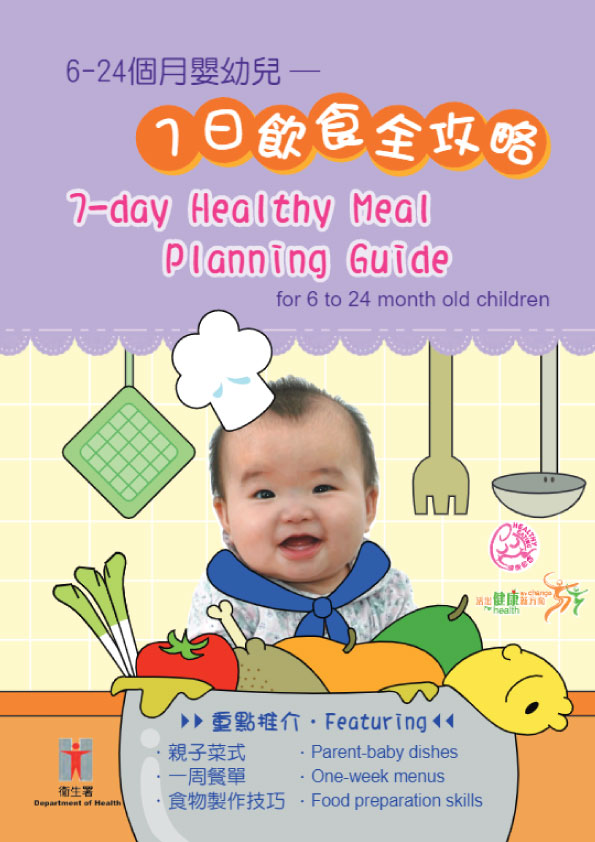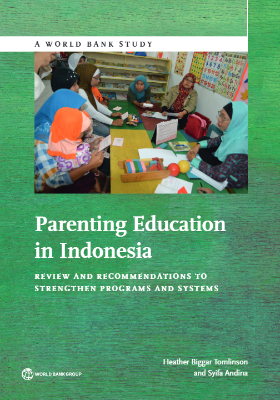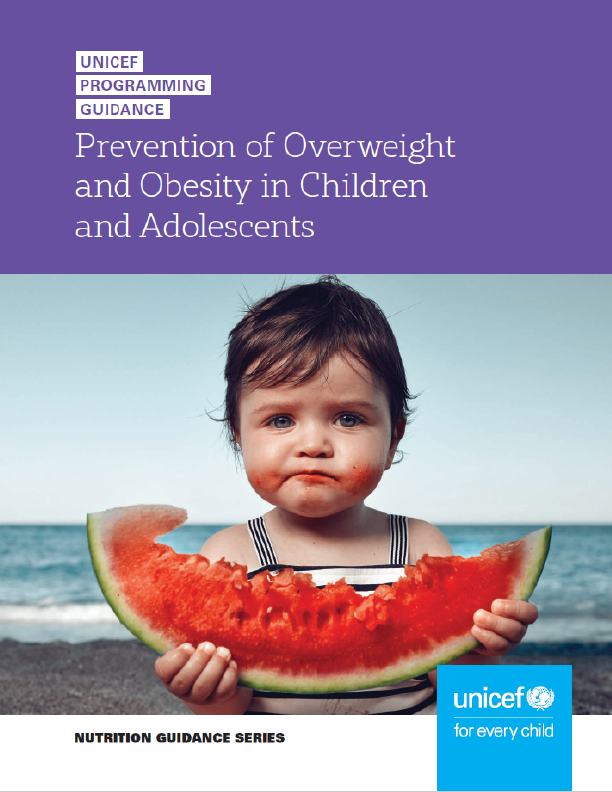Baby food preparation basics
Babies can gradually be introduced to different food textures between 6 and 24 months of age.
| Age | Food |
|---|---|
| About 6 months | Smooth puree |
| 7 to 8 months | Thick puree and mashed food |
| 9 to 11 months | Mashed food with small lumps, e.g thick congee with finely minced meat and mashed vegetables |
| 1 to 1.5 years | Soft rice, finely chopped meat and vegetables |
| 1.5 to 2 years | Family food, chopped into smaller pieces |
Children vary in their chewing ability. Parents should adjust the food texture to suit your own child.
(1) Infant cereal
Method
- Step 1: Put infant cereal powder into a bowl.
- Step 2: Add breastmilk or formula milk into the infant cereal powder a little at a time, and mix well with a spoon.
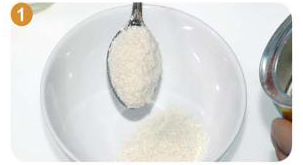
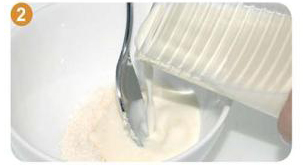
Useful tips
- Some infant cereal contains milk powder. Add water instead of milk.
- Refer to the instructions on the package for the proportion of milk and cereal powder to use in preparation. You can vary the amount of water or milk added to prepare the texture that best suits your baby.
- Fruit, vegetable puree or other food mashes can be added to infant cereal .
(2) Congee and soft rice
Basic method for cooking congee
- Step 1: Wash rice and soak in water for 1 hour.
- Step 2: In another pot, bring water (see “Useful tips” below) to a boil. Add in the soaked rice. Bring it back to a boil over high heat.
- Step 3: Once the mixture boils, turn to low-medium heat and simmer until the rice turns soft and breaks up. Stir occasionally.
- Step 4: Continue simmering until the desired consistency is reached.
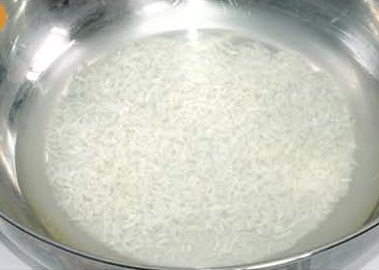
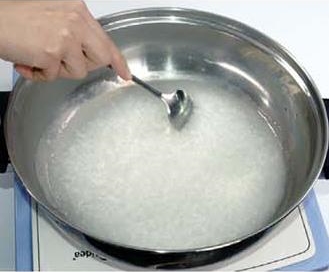
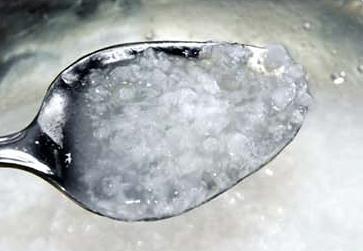
Useful tips: Change the amount of water and rice used to get congee and rice of different textures!
| Type of Congee or Rice | Amount of rice | Amount of water |
|---|---|---|
| Thin congee | half cup rice | five cups water |
| Congee | half cup rice | three and a half cups water |
| Soft rice | half cup rice | two cups water |
| Adult rice | half cup rice | one cup water |
(For reference only)
3) Leafy vegetable puree/chopped leafy vegetable
Method
- Step 1: Wash the vegetables thoroughly under clean running water.
- Step 2: Blanch the vegetables in boiling water for 1 to 3 minutes. Drain in sieve. Do not feed babies the water used for cooking vegetables.
- Step 3: On a cutting board for cooked food, remove the stems so that only the leafy part remains.
- Step 4: Chop the leaves in different directions until the desired fineness is reached. The vegetable can now be used to cook baby food, e.g. vegetable congee.
- Step 5: To make vegetable puree, use a blender or a strainer to grind the chopped leaves.
- Step 6: The vegetable puree prepared should be consumed immediately after prepared.#
# Centre for Food Safety. (2020). The Truth about Nitrate and Nitrite in Vegetables.
https://www.cfs.gov.hk/english/multimedia/multimedia_pub/multimedia_pub_fsf_172_01.html
Useful tips: Blanching vegetables in boiling water for 1 minute helps remove harmful chemicals.
(4) Potato puree/mash
This method applies to sweet potato, pumpkin, carrot, other root and melon-type vegetables, e.g. hairy melon.
Method
- Step 1: Wash and peel the potato. Dice into small pieces.
- Step 2: Boil in water for 10 – 15 minutes until the potato pieces are soft enough for a fork to pass through them easily. Drain the water.
- Step 3: Mash the potato pieces with a fork or a spoon while they are still hot. Add a little warm water if they are too dry.
- Step 4: For a softer texture, add extra breastmilk/ formula milk/ water and mix well.
- Step 5: To make a fine potato puree, press the potato mixture through a strainer.
(5) Fruit puree/fruit slices
Fruit puree or mash
Choose fruits that are ripe and soft in texture, e.g. peaches, pears, bananas, some types of apples, avocados, papaya, etc.
Method 1: Use a grater
- Step 1: Wash the fruit and rub the skin under running water. Peel and cut into 2-4 pieces. Remove the seeds.
- Step 2: Grind fruit pieces with grater.
Method 2: Use a teaspoon
- Step 1: Wash the fruit. Cut into two halves and remove the core.
- Step 2: Scrape the fruit in one direction with a teaspoon to make fruit mash.
Useful tips: Put the mash in a strainer to filter out the lumps. This creates a finer texture for babies just starting to eat solid food.
Fruit slice
- Babies with front teeth can gradually bite through food. Parents may cut fruit into 2 to 3 mm thick slices for them as finger food.
- More fruit choices: watermelon, dragon fruit, mangoes, honey dew melon, plums and strawberries.
(6) Minced meat (chicken/beef/mutton/pork)
Method 1: Chopping
- Step 1: Wash a piece of meat and pat it dry.
- Step 2: On the cutting board for raw food, slice the meat into 1 mm thick pieces. When slicing, cut diagonally across and through the fibres.
- Step 3: Cut meat slices into fine strips.
- Step 4: Cut meat strips into fine lumps, and chop in different directions.
- Step 5: When cooking, add water to meat and stir well in the pot to avoid forming lumps.
Useful tips: Chop the meat less finely when your baby can chew better.
Method 2: Use a blender
- Step 1: Boil or steam meat slices.
- Step 2: On a cutting board for cooked food, cut the meat into 0.5—1 cm dices.
- Step 3: Put the meat dices into a blender. Add water until the meat is just covered.
- Step 4: Turn on the blender, and blend to the desired texture. Pause the blender to check the texture regularly.
- Step 5: This method prepares portions for several meals. Cooked minced meat should be kept in covered ice molds and stored in the freezer for a maximum of 7 days.
